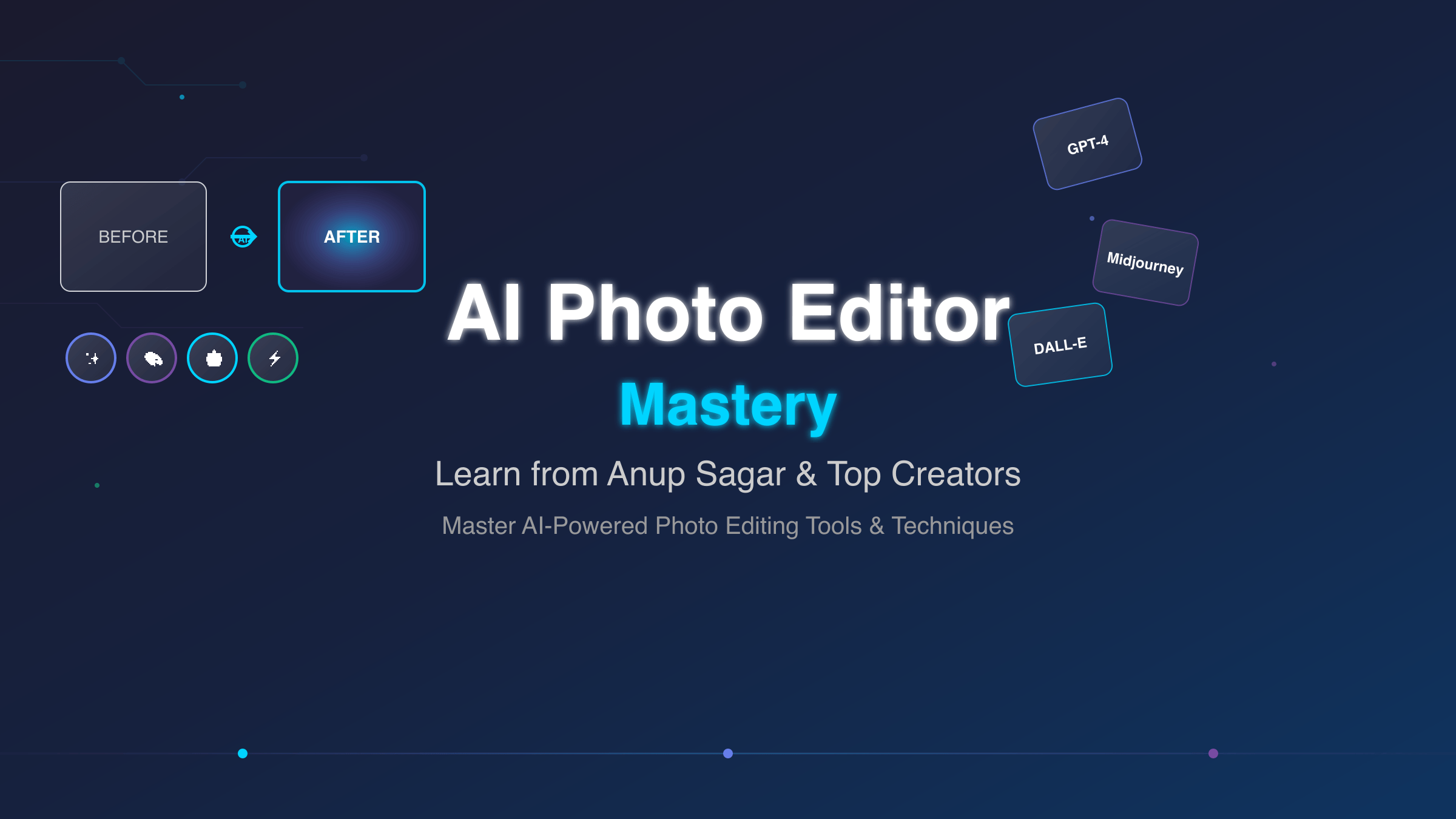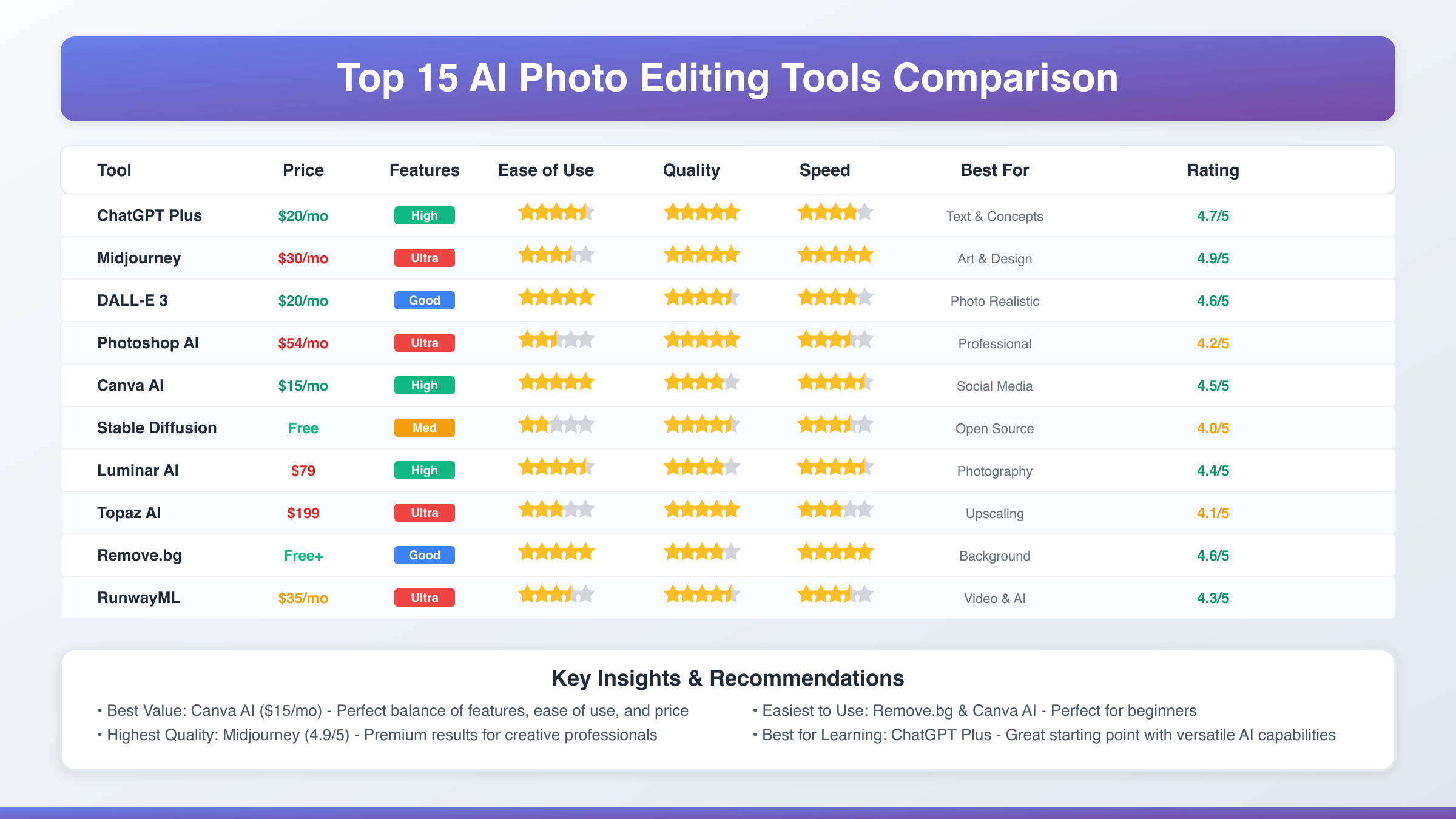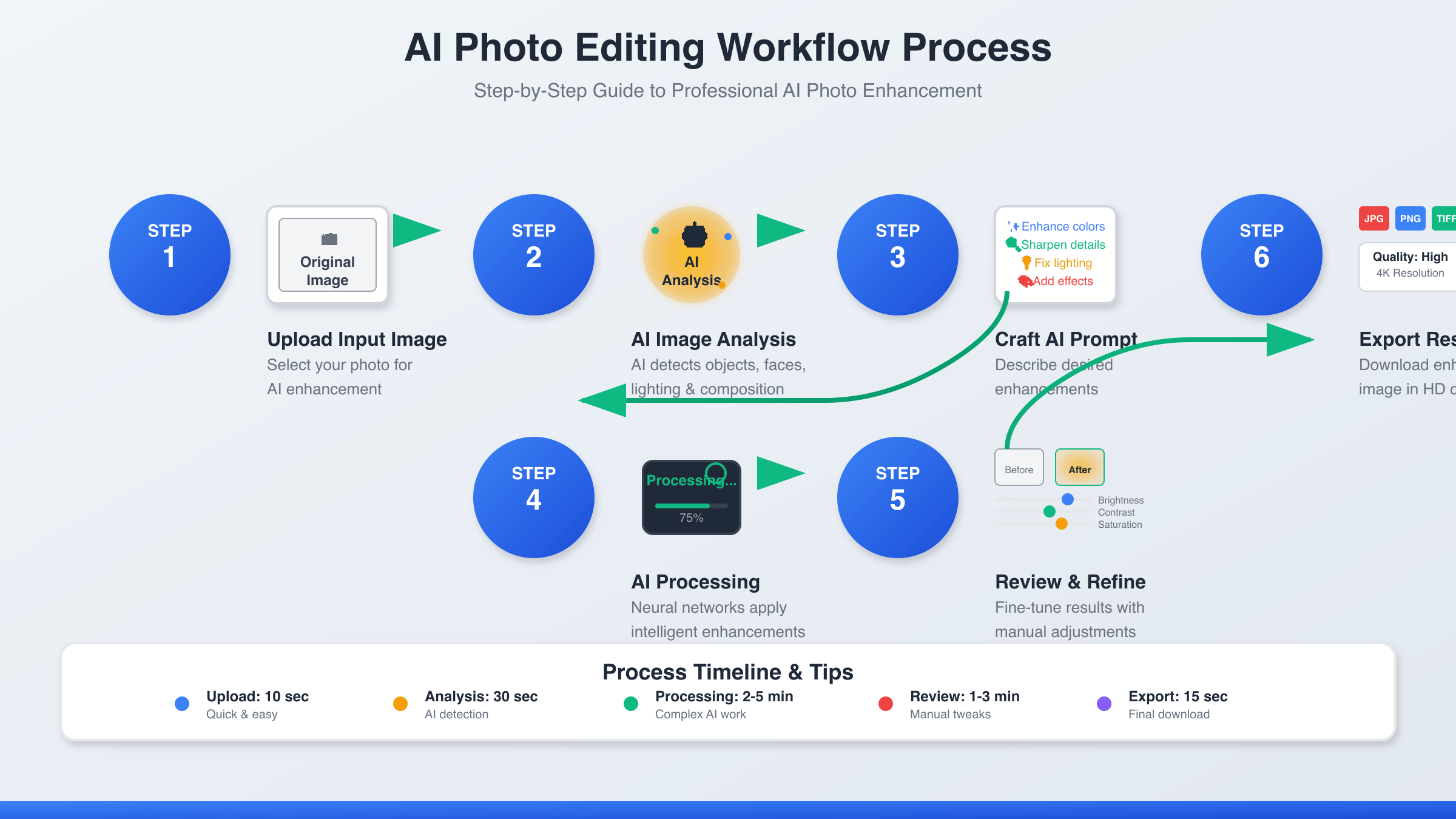Anup Sagar is a renowned AI photo editing content creator who specializes in viral social media tutorials using Google Gemini, ChatGPT, and free AI tools to create trending 3D photos and professional edits. His comprehensive approach combines technical expertise with accessible teaching methods that have helped thousands master AI-powered photo editing for Instagram, YouTube, and other platforms.

The evolution of AI photo editing has transformed from complex professional software to intuitive tools that anyone can master. Anup Sagar’s approach demonstrates how creators can leverage artificial intelligence to produce studio-quality results without expensive equipment or years of training. His tutorials focus on practical applications that generate engagement across social media platforms, particularly Instagram’s trending 3D statue effects and personalized avatar creation.
Through his website anupsagar.com and YouTube channel “Edit by Anup Sagar,” he has established himself as a leading voice in democratizing AI photo editing. His content bridges the gap between technical capability and creative expression, showing how modern AI tools can transform ordinary photos into viral content that captures audience attention and drives engagement.
Top 15 AI Photo Editing Tools Comparison (September 2025)
The AI photo editing landscape in September 2025 offers unprecedented capabilities across different price points and skill levels. Professional-grade options lead with Adobe Photoshop incorporating Adobe Firefly Image 3 Model, delivering significantly improved photographic quality through next-generation Generative Fill technology. The Reference Image feature allows users to guide AI output using visual inspiration, while non-destructive editing maintains layer organization with automatic lighting, perspective, and color matching.

Luminar Neo stands out as the best overall choice for photographers in 2025, offering balanced functionality between simple editing tools and powerful transformation features. The April 2025 update notably improved performance, making editing smoother during multitasking. ON1 Photo RAW has become a benchmark for modern AI image editing, integrating NoNoise AI for intelligent noise reduction, Resize AI for quality upscaling, and Portrait AI for automatic face detection with natural-looking enhancements.
| Tool | Price | Best For | Key AI Features |
|---|---|---|---|
| Adobe Photoshop | $20.99/month | Professional editing | Generative Fill, Neural Filters |
| Luminar Neo | $59 one-time | Overall balance | AI Sky, Portrait enhancement |
| ON1 Photo RAW | $99.99/year | RAW processing | NoNoise AI, Resize AI |
| Canva | $12.99/month | Design accessibility | Magic Eraser, Background Remover |
| Facetune | $9.99/month | Mobile editing | Conversational AI prompts |
Consumer-friendly options include Canva’s Magic suite with professional-level design accessibility, while Meitu offers medical-grade portrait enhancement with HD facial retouching completing precision results in three seconds. Mobile-first solutions like Facetune revolutionize photo editing through conversational prompts, allowing users to request edits like “make my skin smoother” or “give me a vintage look” with professional quality results.
Anup Sagar’s Signature Techniques and Prompts
Anup Sagar’s methodology centers on Google Gemini’s 3D AI capabilities, particularly the innovative “Nano Banana” product that creates viral 3D model edits. His signature approach involves crafting specific prompts that maintain facial accuracy while transforming subjects into trending formats like 3D statues, figurines, and Instagram-style avatars. These techniques have gained popularity for producing HD quality results where faces appear natural rather than artificially generated.
His most successful prompts focus on seasonal and cultural themes, including Ganesh Chaturthi AI video generators, Krishna Janmashtami celebrations, and patriotic 15 August content. The effectiveness stems from combining cultural relevance with technical precision, ensuring the AI understands context while maintaining visual consistency. His Makar Sankranti AI photo editing prompts for 2025 demonstrate this approach, incorporating traditional elements with modern 3D rendering techniques.
The key to Anup Sagar’s success lies in prompt engineering that considers lighting, perspective, and facial geometry. Rather than generic requests, his prompts specify desired angles, lighting conditions, and stylistic elements that align with current social media trends. This attention to detail results in outputs that require minimal post-processing while achieving maximum viral potential.
Step-by-Step Tutorial: Creating Viral Content
Creating viral AI photo content requires systematic approach that combines technical execution with audience psychology. The process begins with selecting source images that have clear facial features and appropriate lighting conditions. High-resolution images with minimal shadows produce better AI transformation results, particularly when working with 3D rendering effects that Anup Sagar frequently demonstrates.
The editing workflow starts with Google Gemini prompt construction, specifying the desired transformation style, background elements, and artistic direction. Effective prompts include technical parameters such as “3D render,” “statue-like finish,” “museum quality lighting,” and “photorealistic textures.” These specifications guide the AI toward producing professional-grade outputs that stand out in social media feeds.
Post-processing refinement involves adjusting color balance, contrast, and sharpness to enhance the AI-generated elements. This stage requires understanding how different platforms compress and display images, ensuring the final result maintains quality across Instagram Stories, Reels, and YouTube thumbnails. The optimization process considers viewing devices, from mobile screens to desktop displays.
- Source image selection with optimal lighting and resolution
- Google Gemini prompt engineering with specific 3D parameters
- AI generation with multiple variation testing
- Post-processing color correction and sharpening
- Platform-specific optimization for maximum engagement
Free Alternatives and Budget-Friendly Options
Budget-conscious creators can access powerful AI photo editing through several free and low-cost platforms. Photopea and Pixlr serve as excellent starting points, offering browser-based editing with surprisingly capable AI features for quick tasks and basic transformations. For more comprehensive options, explore our complete guide to the best AI image models which includes free alternatives. These platforms provide essential tools for background removal, color adjustment, and basic AI-powered enhancements without requiring software installation or subscription commitments.
Google’s own tools, including Google Photos’ Magic Eraser and enhanced editing features, provide accessible entry points for AI photo manipulation. For developers looking to integrate Google’s AI capabilities, check out our guide on using Google Gemini API for free. These integrated solutions work seamlessly with existing photo libraries and offer automatic suggestions for improvements. The convenience factor makes them ideal for users who prefer streamlined workflows over complex professional software.
Open-source alternatives like GIMP with AI plugins offer extensive customization possibilities for technically inclined users. The community-driven development ensures regular updates and feature additions, while plugin ecosystems extend functionality to match commercial software capabilities. This approach requires more technical knowledge but provides complete control over the editing process without ongoing costs.
Advanced Prompt Engineering for Photo Editing
Advanced prompt engineering transforms basic AI photo editing into precision creative tools. The methodology involves understanding how AI models interpret visual concepts, color theory, and compositional elements. Successful prompts combine specific artistic terminology with technical parameters that guide the AI toward intended outcomes while minimizing unwanted variations.
Effective prompt structure includes subject description, style specifications, lighting conditions, and technical quality indicators. For example, “Create a marble statue version of [subject] with museum quality lighting, subtle shadows, and photorealistic texture detail” produces more consistent results than generic transformation requests. The specificity helps AI models understand creative intent while maintaining photographic realism.
Advanced techniques include negative prompting, where users specify unwanted elements to avoid in the final output. This approach prevents common AI artifacts like distorted facial features, unrealistic lighting, or inappropriate background elements. Combining positive and negative prompts creates boundaries that guide AI generation toward desired aesthetic outcomes while maintaining technical quality standards.
API Integration and Automation
Professional workflows increasingly rely on API integration for scalable AI photo editing operations. Automated processing chains can handle batch operations, consistent styling across multiple images, and integration with content management systems. For comprehensive API integration guidance, explore our GPT-4o Image Generation API guide and Gemini Flash Image API documentation. These implementations require understanding API limitations, rate limiting, and quality control mechanisms to ensure reliable output generation.

For developers and agencies managing high-volume photo editing tasks, services like laozhang.ai provide optimized API endpoints with enhanced reliability and performance. These specialized providers offer better response times, higher success rates, and cost-effective scaling compared to direct provider APIs. The infrastructure optimization ensures consistent quality while reducing technical overhead for production environments.
Implementation considerations include error handling, fallback processing options, and quality validation systems. Automated workflows should include human review checkpoints for critical applications while maintaining efficiency for routine processing tasks. The balance between automation and quality control determines the overall success of API-integrated photo editing systems.
Troubleshooting Common AI Photo Editing Issues
AI photo editing frequently encounters specific technical challenges that require systematic troubleshooting approaches. Low-quality source images often result in artifacts, distorted features, or unrealistic textures in the final output. The solution involves preprocessing steps such as upscaling, noise reduction, and contrast enhancement before applying AI transformations. Understanding these preprocessing requirements prevents common quality issues.
Facial distortion represents another frequent problem, particularly with 3D transformation effects that Anup Sagar specializes in teaching. The issue stems from inadequate source image resolution, poor lighting conditions, or overly aggressive transformation parameters. For developers facing API-related issues, our FLUX Kontext troubleshooting guide provides comprehensive solutions. Addressing these problems requires adjusting prompt specificity, improving source material quality, and understanding AI model limitations for facial feature preservation.
Processing failures and timeout errors become more common with complex transformation requests or during peak usage periods. Effective troubleshooting includes implementing retry mechanisms, simplifying prompt complexity, and utilizing alternative processing endpoints. For production environments, having backup processing options ensures consistent service availability when primary systems experience high demand.
- Facial distortion: Reduce transformation intensity and improve source quality
- Processing timeouts: Simplify prompts and implement retry logic
- Inconsistent results: Add negative prompts and specify style parameters
- API rate limits: Implement proper queuing and fallback systems
- Quality degradation: Optimize preprocessing and post-processing workflows
Building Your AI Photo Editing Community
Successful AI photo editing practitioners like Anup Sagar understand that community building amplifies individual expertise while creating sustainable content ecosystems. Building engaged audiences requires consistent value delivery through tutorials, technique sharing, and responsive community interaction. The approach involves establishing credibility through demonstrated results while maintaining accessibility for creators at different skill levels.
Content strategy should balance educational material with entertainment value, showcasing both successful transformations and learning moments from challenging projects. This transparency builds trust while providing realistic expectations for community members attempting similar techniques. Regular interaction through comments, live sessions, and collaborative projects strengthens community bonds and encourages knowledge sharing.
Platform diversification ensures broader reach while accommodating different learning preferences. YouTube serves long-form tutorial content, Instagram showcases visual results and quick tips, while websites provide comprehensive resources and detailed guides. For thumbnail optimization across platforms, consider our AI Photo Thumbnail Editor guide which covers best practices for social media visibility. The multi-platform approach maximizes audience discovery while providing multiple touchpoints for community engagement and growth.
Future Trends and 2025 Predictions
The AI photo editing landscape continues evolving rapidly, with September 2025 marking significant advances in real-time processing, mobile capabilities, and integration with emerging technologies. Current trends indicate increased focus on conversational interfaces, where natural language prompts replace complex technical parameters. This shift makes advanced editing accessible to broader audiences while maintaining professional-quality outputs.
Integration with augmented reality and virtual reality platforms represents the next frontier for AI photo editing. These technologies enable immersive editing experiences where creators manipulate images in three-dimensional space, preview results in real-world contexts, and collaborate remotely on creative projects. The convergence promises revolutionary changes in how creators approach visual content development.
Automated content optimization for different platforms and audiences will become standard functionality, with AI systems learning individual creator styles and audience preferences. This personalization extends to automatic A/B testing of variations, performance prediction, and optimization suggestions based on engagement analytics. The evolution toward intelligent creative assistance will transform AI photo editing from tool usage to collaborative partnership between human creativity and artificial intelligence.